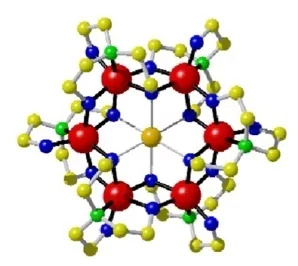Magnetic clusters, i.e., assemblies of a finite number (between two or three and several hundred) of interacting spin centers which are magnetically decoupled from their environment, can be found in many materials ranging from inorganic compounds and magnetic molecules to artificial metal structures formed on surfaces and metalloproteins. Their magnetic excitation spectra are determined by the nature of the spin centers and of the magnetic interactions, and the particular arrangement of the mutual interaction paths between the spin centers. Small clusters of up to four magnetic ions are ideal model systems in which to examine the fundamental magnetic interactions, which are usually dominated by Heisenberg exchange, but often complemented by anisotropic and/or higher-order interactions. In large magnetic clusters, which may potentially deal with a dozen or more spin centers, there is the possibility of novel many-body quantum states and quantum phenomena. In this review the necessary theoretical concepts and experimental techniques to study the magnetic cluster excitations and the resulting characteristic magnetic properties are introduced, followed by examples of small clusters, demonstrating the enormous amount of detailed physical information that can be retrieved. The current understanding of the excitations and their physical interpretation in the molecular nanomagnets which represent large magnetic clusters is then presented, with a section devoted to the subclass of single-molecule magnets, distinguished by displaying quantum tunneling of the magnetization. Finally, there is a summary of some quantum many-body states which evolve in magnetic insulators characterized by built-in or field-induced magnetic clusters. The review concludes by addressing future perspectives in the field of magnetic cluster excitations.


